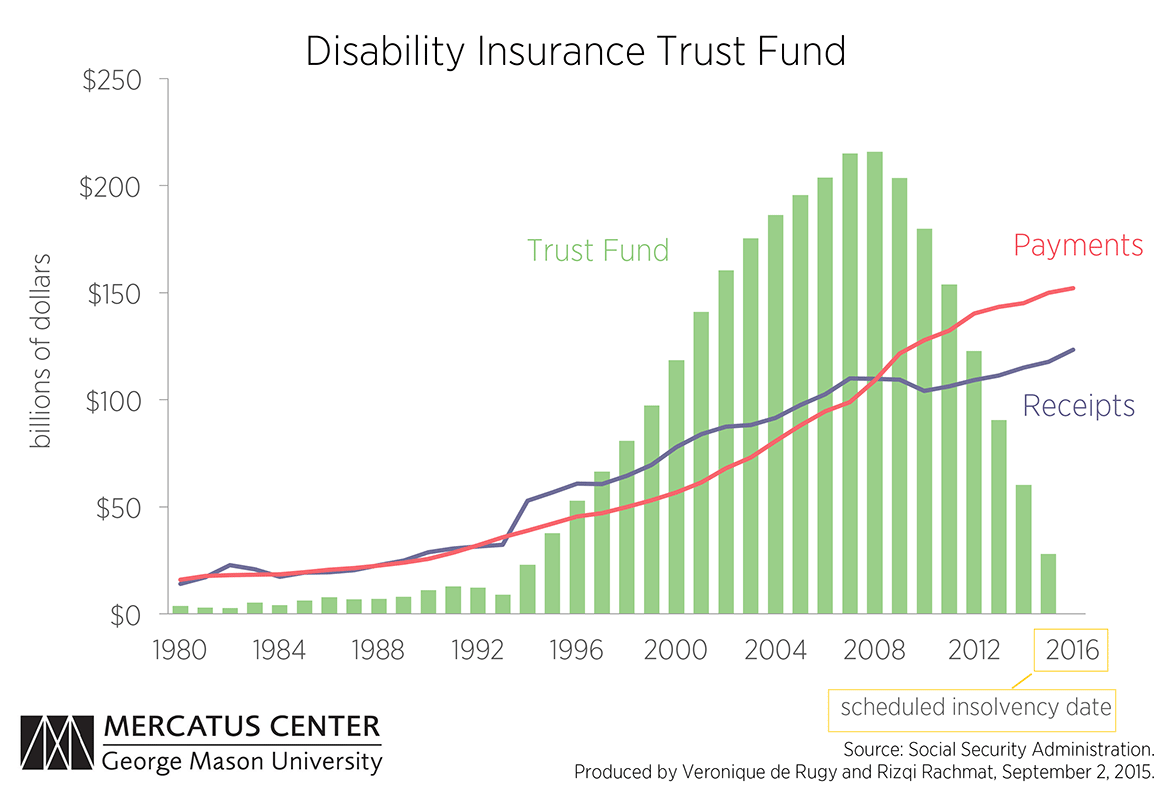17th Annual RRC Conference
National Press Club, Washington, DC 20045
August 6-7, 2015
Panel 1: RETIREMENT INCENTIVES
Dayanand Manoli, University of Texas at Austin, and Andrea Weber, University of Mannheim
The Effects of Increasing the Early Retirement Age on Employment of Older Workers
Summary Slides
Alicia H. Munnell, Geoffrey Sanzenbacher, and Matthew Rutledge, Boston College
What Causes Workers to Retire Before They Plan?
Analyzing the Relative Importance of Health, Financial,Familial, and Employment Shocks
Summary Slides
Theodore Figinski, Department of the Treasury, and David Neumark, University of California, Irvine
Does Eliminating the Earnings Test Increase Old-Age Poverty of Women?
Summary Slides
Discussant: Howard Iams, Social Security Administration Slides
Panel 2: ASSET ACCUMULATION
James Poterba, MIT; Steven Venti, Dartmouth College; and David Wise, Harvard University
What Determines End-of-Life Assets? A Retrospective View
Summary Slides
Discussant: John Sabelhaus, Federal Reserve Board Slides
Matthew Rutledge and Francis Vitagliano, Boston College, and April Yanyuan Wu, Mathematica Policy Research
Do Tax Incentives Increase 401(k) Retirement Saving? Evidence from the Adoption of Catch-Up Contributions
Summary Slides
Discussant: Patrick Purcell, Social Security Administration Slides
Eric French, University College London; Hans-Martin von Gaudecker, University of Bonn; and John Bailey Jones, State University of New York at Albany
The Effect of the Affordable Care Act on the Labor Supply, Savings, and Social Security of Older Americans
Summary Slides
Panel 3: HEALTH
Raj Chetty, Shelby Lin, and Augustin Bergeron, Harvard University; Sarah Abraham and Michael Stepner, MIT; and Nicholas Turner, Department of the Treasury
Mortality-Income Gradients in the United States: New Evidence from Tax Records
Summary Slides
Lauren Schmitz, The New School
Do Working Conditions at Older Ages Shape the Health Gradient?
Summary Slides
Discussant: Barbara Bovbjerg, Government Accountability Office Slides
Padmaja Ayyagari and David Frisvold, University of Iowa
The Impact of Social Security Income on Cognitive Function at Older Ages
Summary Slides
Panel 4: IMMIGRATION
George Borjas, Harvard University
The Labor Supply of Undocumented Immigrants: Towards an Assessment of the Impact of Status Regularization
Summary Slides
Discussant: Stephen Goss, Social Security Administration Slides
David Love and Lucie Schmidt, Williams College
The Comprehensive Wealth of Immigrants and Natives
Summary Slides
Discussant: Maria E. Enchautegui, Urban Institute Slides
Emma Aguila, University of Southern California, and Alma Vega, University of Pennsylvania
Social Security Contributions and Return Migration Among Older Mexican Immigrants
Summary Slides
Panel 5: EMPLOYMENT AND RETIREMENT
Marco Angrisani, Arie Kapteyn, and Erik Meijer, University of Southern California
Non-Monetary Job Characteristics and Employment Transitions at Older Ages
Summary Slides
Discussant: David Weir, University of Michigan Slides
Richard W. Johnson and Karen Smith, Urban Institute
The Great Recession, the Social Safety Net, and Economic Security for 50+ Americans
Summary Slides
Discussant: Paul S. Davies, Social Security Administration Slides
Brooke Helppie McFall, Amanda Sonnega, and Robert Willis, University of Michigan
Changing Work Demands and Compositional Changes in Occupations: Effects on Expected Retirement
Summary Slides
Discussant: Josh Mitchell, Bureau of the Census Slides
Panel 6: HEALTH REFORM AND RETIREMENT
Melissa Favreault, Urban Institute
How Would Social Security Changes Affect Medicare Costs and Seniors' Out-of-Pocket Spending?
Summary Slides
Anek Belbase and Geoffrey Sanzenbacher, Boston College
Does Age-Related Decline in Ability Correspond with Retirement Age?
Summary Slides
Helen Levy, Thomas C. Buchmueller, and Sayeh Nikpay, University of Michigan
The Effect of Health Reform on Retirement
Summary Slides
Discussant: Kevin Whitman, Pew Trusts Slides
Panel 7: SAVING BEHAVIOR
Gopi Shah Goda, Stanford University; Matthew Levy, London School of Economics; Colleen Manchester and Aaron Sojourner, University of Minnesota; and Joshua Tasoff, Claremont Graduate University
The Role of Time Preferences and Exponential-Growth Bias in Retirement Savings
Summary Slides
Discussant: Melissa Knoll, Consumer Financial Protection Bureau Slides
Irena Dushi, Social Security Administration, and Alicia H. Munnell, Geoffrey Sanzenbacher, and Anthony Webb, Boston College
Do Households Increase Their Savings When the Kids Leave Home?
Summary Slides
Discussant: William Gale, Brookings Institution Slides
John Beshears, David Laibson, and Brigitte Madrian, Harvard University; James Choi, Yale University; and Sean Wang, NBER
Who is Easier to Nudge?
Summary Slides
Discussant: Jack Van Derhei, Employee Benefit Research Institute Slides
Read more!


 Click
Click 


